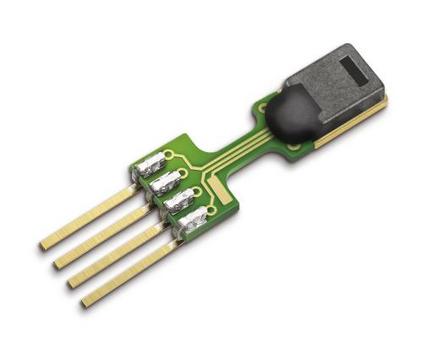WSN are a growing technology in industrial and personal use fields. The Quality of Service (QoS) of WSN is associated to the architecture of WSN nodes and network design. In this work, the composition of the nodes and network is analysed. The success of WSN is related to the maximisation of the lifetime and coverage of the device, allied to the minimisation of energy consumption and number of nodes, guaranteeing a good network connectivity and high transmission. The most common WSN issues are presented and reviewed. The most suitable optimisation technique is Multi-objective (MOO) which is exemplified in this work from complex multi-objective functions which include several WSN problems. The second part of this review focus on bio-inspired algorithms in WSN optimisation: Genetic Algorithms (GA), Particles Swarm Optimisation (PSO) and Ant Colony Optimisation (ACO). Other less common methods are also present and related to WSN issues.
翻译:在这项工作中,对节点和网络的构成进行了分析;对节点和网络的构成进行了分析;对节点和网络的构成进行了分析;对节点和网络的成功进行了分析,与使装置寿命和覆盖范围最大化有关,与能源消耗最小化和节点数量最小化有关,保证网络连接性和高传输率;介绍和审查了最常见的节点问题;最适当的优化技术是多目标(MOO),这项工作从包括若干WSN问题在内的复杂多目标功能中得到示范;本次审查的第二部分侧重于WSN优化中的生物驱动算法:遗传阿尔戈利什姆(GA)、粒子聚虫优化(PSO)和Ant Colon Opimization(ACO)。其他不太常见的方法也存在,也与WSN问题有关。


